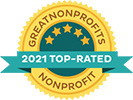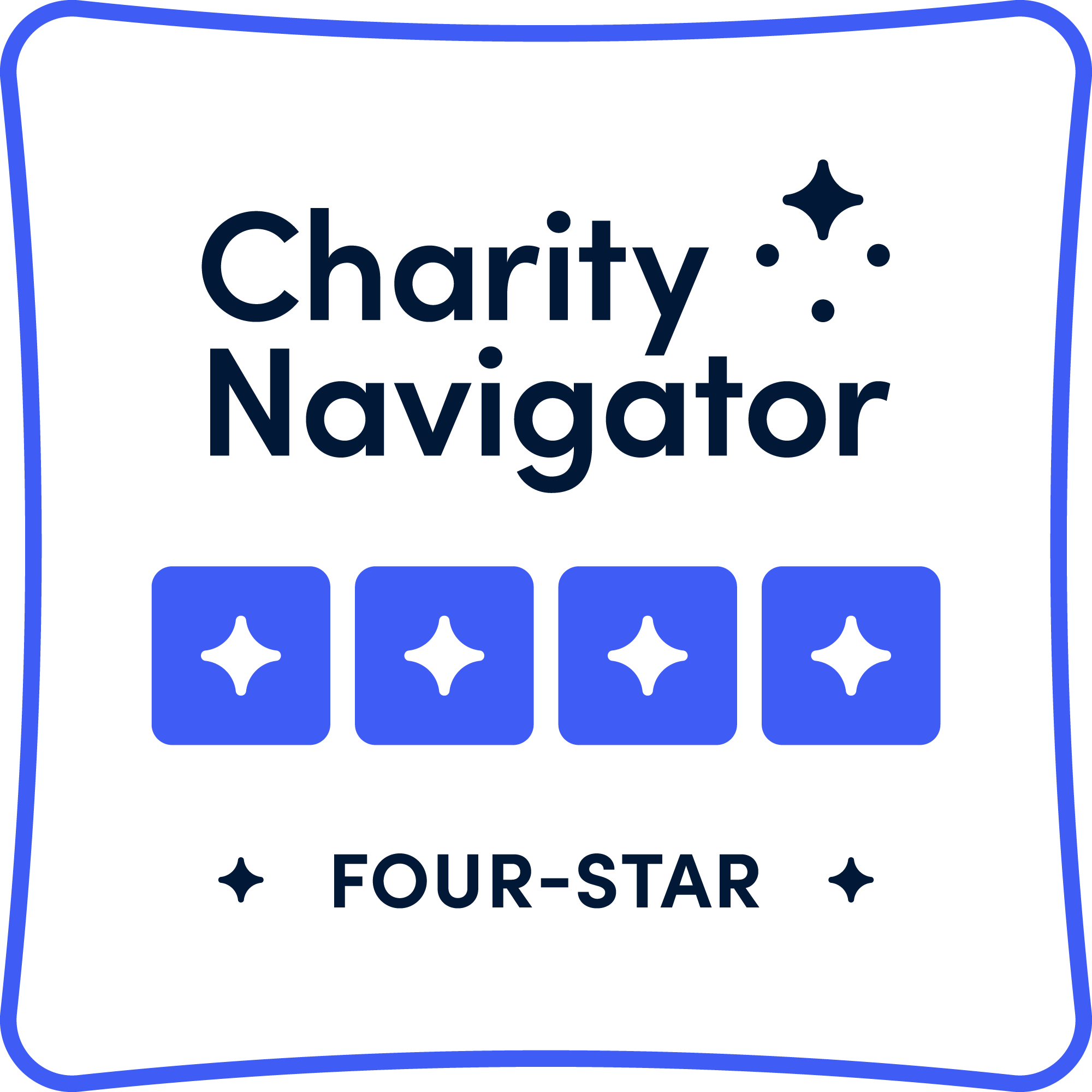
Results From The ATTR Affordability Study
About This Study
The study is the first of its kind, providing the most comprehensive assessment of the financial toxicity associated with the treatment of ATTR amyloidosis.
Therapeutics have been approved that can slow the disease progression of ATTR to improve survival, hospitalizations, and quality of life, however, the cost of these therapeutics may be an obstacle for patients. The Amyloidosis Research Consortium (ARC) conducted an online survey of individuals with ATTR (hereditary or wild-type) amyloidosis to increase the understanding of the financial toxicity in ATTR patients and the impact it may have on patients and their families.
Results will help ensure that the experience of ATTR patients is accurately understood to advocate for affordable and equitable access to treatment in discussions on policies and programs.
What We Measured
ARC asked ATTR patients and their caregivers about the average monthly costs of managing ATTR and their ATTR treatment. Financial toxicity is an objective measure of the harmful effect of financial stress caused by the cost of care on the well-being of patients and their families. Financial toxicity was measured using the Comprehensive Score for financial Toxicity-Functional Assessment of Chronic Illness Therapy (COST-FACIT). The COST-FACIT has been used to measure financial toxicity in patients with other chronic diseases including cancer and multiple myeloma.
What We Learned
Results from the ATTR Affordability Study
Who participated in this study:

ATTR Type
Treatment
-
Vyndamax
 70%
70%
-
Onpattro
 22%
22%
-
Tegsedi
 6%
6%
-
Other
 24%
24%

of patients reported being on more than one ATTR treatment.
Most patients were on Vyndamax, Onpattro, or other treatments for ATTR which mostly included investigational drugs as part of a clinical trial.
of patients with ATTR are experiencing some financial toxicity of managing their ATTR, which is a comparable to patients with cancer.
Financial toxicity is an objective measure of the harmful effect of financial stress caused by the cost of care on the well-being of patients and their families.
of patients used saving, borrowed money, or made trade-offs such as not taking a vacation, selling a house, to pay for their treatment
is the amount patients are paying on average per month for the management of their ATTR amyloidosis
Average Monthly Cost of Managing ATTR

1 in 5 patients have had to delay the start of treatment either due to cost or insurance coverage.
The majority of delays were due to insurance coverage.
3 in 4 Patients who participate in a clinical trial do so to get access to free treatment.
Co-Pay Assistance Programs
Patient assistance programs are usually sponsored by pharmaceutical manufacturers. These programs are promoted as a “safety net” for Americans who have no health insurance or are underinsured. The goal of financial assistance programs for qualifying individuals is to provide financial assistance to help these patients access drugs for little or no cost. Patients must meet specified eligibility criteria to qualify for assistance.
are enrolled in a co-pay assistance program
applied but did not qualify for a program







